Home>Articles>How Long Does It Take A Food Steamer To Heat Up


Articles
How Long Does It Take A Food Steamer To Heat Up
Modified: May 6, 2024
Discover how long it takes for a steamer to heat up and get ready to tackle your articles. Find out the ideal waiting time for efficient steaming results.
(Many of the links in this article redirect to a specific reviewed product. Your purchase of these products through affiliate links helps to generate commission for Storables.com, at no extra cost. Learn more)
Introduction
In today’s fast-paced world, efficiency and convenience are two factors that many people prioritize. When it comes to cooking and food preparation, using a steamer can be a great way to meet these criteria. Steamers are versatile appliances that can help you cook a variety of dishes, from vegetables to seafood to dumplings.
One question that often comes up when using a steamer is how long it takes for it to heat up. The heating time of a steamer can vary depending on several factors, and understanding these factors can help you plan your cooking and ensure that your meals are ready on time.
In this article, we will explore the different types of steamers available, the factors that can affect the heating time, and provide some tips on how to speed up the heating process. By the end, you’ll have a better understanding of how long it takes for a steamer to heat up and how to make the most of this versatile kitchen appliance.
Key Takeaways:
- Understanding the factors that affect a steamer’s heating time, such as size, power rating, and starting water temperature, can help you plan and prepare meals more efficiently.
- By following simple tips like using hot water, preheating the steamer, and arranging food evenly, you can speed up the heating process and enjoy delicious, healthy meals in less time.
Understanding Steamers
Steamers are kitchen appliances specifically designed to utilize the power of steam to cook food. They come in different sizes, ranging from compact countertop models to larger standalone units commonly used in commercial kitchens. Steamers typically consist of a base unit that houses the heating element and a separate cooking compartment where the food is placed.
The primary function of a steamer is to heat water to produce steam, which then cooks the food placed inside the cooking compartment. The steam gently envelops the food, cooking it evenly while retaining its natural flavors and nutrients. This cooking method is often preferred for its health benefits and ability to preserve the freshness and texture of the ingredients.
There are two main types of steamers: electric steamers and stovetop steamers. Electric steamers have their heating element built into the unit, making them convenient and easy to use. On the other hand, stovetop steamers require a separate heat source, such as a traditional stovetop or an induction cooktop.
Electric steamers are further divided into different styles, including traditional steamers, rice cookers with steaming functions, and multi-purpose cookers that can steam, sauté, and pressure cook. These variations offer flexibility and cater to different cooking needs and preferences.
Regardless of the type or style of the steamer, the heating time can vary based on a few factors, which we will explore in the following section.
Factors Affecting Heating Time
Several factors can influence the heating time of a steamer. Understanding these factors will help you gauge how long it will take for your steamer to reach the desired cooking temperature. Here are some key factors to consider:
- Size of the steamer: The size of the steamer plays a significant role in its heating time. Larger steamers typically require more time to heat up compared to compact models due to the larger cooking compartment and greater volume of water required to produce steam.
- Power rating: The power rating of an electric steamer can impact its heating time. Higher wattage models tend to heat up faster as they can generate more heat to bring the water to boiling point more quickly.
- Starting temperature of the water: If you’re using a steamer that requires you to fill it with water manually, the starting temperature of the water can affect the heating time. Using cold water will naturally take longer to reach the desired temperature compared to using hot water.
- Type of heating element: The type of heating element used in electric steamers can also affect the heating time. Some steamers use conventional heating elements, while others utilize advanced technologies like induction heating, which can heat up the water faster.
- Insulation and build of the steamer: The insulation and build quality of the steamer can impact how efficiently it retains heat. Well-insulated steamers are more effective at trapping the steam and maintaining a consistent cooking temperature, resulting in faster heating times.
It’s important to note that the specific heating time can vary between different models and brands of steamers. Manufacturers often provide an estimated heating time in their product specifications, so referring to the user manual can give you a good idea of what to expect.
Now that we understand the factors that can affect the heating time, let’s delve into the different types of steamers available in the market.
Types of Steamers
When it comes to steamers, there are several different types available, each with its own unique features and benefits. Let’s take a closer look at some of the most common types:
- Electric Food Steamers: These are standalone electric appliances that are specifically designed for steaming food. They usually come with multiple tiers or compartments, allowing you to cook different foods simultaneously. Electric food steamers are convenient to use and come in various sizes to accommodate different cooking needs.
- Rice Cookers with Steaming Function: Many modern rice cookers come with a steaming function, allowing you to steam vegetables or other food items while cooking rice. These rice cookers often have a separate steaming tray that fits on top of the rice pot. They are a popular choice for those who want the convenience of cooking rice and steaming food in a single appliance.
- Stovetop Steamers: As the name suggests, stovetop steamers are steamers that require a separate heat source, such as a stovetop burner. They are typically made of stainless steel or aluminum and come with a steaming basket or insert that sits on top of the pot. Stovetop steamers offer a more traditional cooking experience and are often used in Asian cuisines for steaming dumplings, buns, and other delicacies.
- Microwave Steamers: These steamers are specifically designed to be used in the microwave. They usually consist of a microwavable container with a removable steaming tray or insert. Microwave steamers are a convenient option for quick and easy steaming but may have limitations in terms of capacity and the types of food that can be cooked.
These are just a few examples of the types of steamers available in the market. Depending on your cooking preferences, kitchen space, and budget, you can choose the one that best suits your needs.
Now that we have covered the different types of steamers, let’s move on to the next section, where we will explore how to heat up a steamer.
To speed up the heating process of a steamer, start with hot water instead of cold water. This will reduce the time it takes for the steamer to reach the desired temperature.
How to Heat Up a Steamer
Heating up a steamer is a straightforward process, but it’s important to follow the manufacturer’s instructions to ensure safe and efficient operation. Here are the general steps to heat up a steamer:
- Add water: Check the steamer’s water reservoir or designated area and add the required amount of water. It’s recommended to use filtered or distilled water to prevent mineral buildup inside the steamer.
- Preheat the steamer: Depending on the type of steamer you have, you may need to turn on the power switch, set the desired temperature, or heat it up on the stovetop. Refer to the user manual for specific instructions on how to preheat your steamer.
- Allow the steamer to heat up: Once you’ve started the heating process, give the steamer some time to heat up. The heating time will depend on the factors we discussed earlier, such as the size, power rating, and starting temperature of the water.
- Test the steamer: After the steamer has heated up, it’s a good idea to test it before placing your food inside. You can do this by carefully placing your hand above the steaming compartment to feel the hot steam escaping. If the steam is not hot enough, allow the steamer some more time to heat up.
- Start cooking: Once the steamer has reached the desired temperature, you can begin placing your food items inside the steaming compartments or baskets. Follow the recommended cooking times for each ingredient, as overcooking can lead to a loss of flavor and texture.
Remember to handle the steamer with caution, as the steam and the exterior of the appliance can become very hot during the cooking process. Always use oven mitts or heat-resistant gloves when opening or handling the steamer.
Now that you know how to heat up a steamer, let’s move on to discuss the average heating times for different types of steamers.
Average Heating Time for Different Steamers
The heating time of a steamer can vary depending on the type, size, power rating, and other factors. While the specific heating time may differ between different models and brands, here are some average heating times for common types of steamers:
- Electric Food Steamers: On average, electric food steamers can take anywhere between 5 to 10 minutes to heat up. This heating time can vary based on the size of the steamer, the power rating, and the starting temperature of the water. It’s always a good idea to refer to the user manual for the specific heating time of your electric steamer.
- Rice Cookers with Steaming Function: Rice cookers with a steaming function typically have a shorter heating time compared to standalone electric steamers. On average, it can take around 3 to 5 minutes for the steaming function to preheat, depending on the model and the quantity of food being steamed.
- Stovetop Steamers: Stovetop steamers rely on the heat from the stovetop burner to generate steam. The heating time for stovetop steamers can range from 5 to 15 minutes, depending on the size of the steamer, the intensity of the heat, and the starting temperature of the water.
- Microwave Steamers: Microwave steamers are designed for quick and convenient cooking. They typically have a shorter heating time, ranging from 2 to 5 minutes, depending on the wattage of the microwave and the quantity of food being steamed.
It’s important to note that these are just average heating times and can vary based on the specific features and conditions of your steamer. Always refer to the user manual provided by the manufacturer for accurate information about heating times.
Now that we have discussed the heating times, let’s move on to some tips on how to speed up the heating process for your steamer.
Tips for Faster Heating
If you’re looking to reduce the heating time of your steamer and get your food on the table more quickly, here are some tips to help you speed up the process:
- Use hot water: If your steamer allows you to fill the water manually, start with hot water instead of cold water. Using hot water will reduce the time it takes for the steamer to reach the desired temperature.
- Preheat the steamer: Allow your steamer to preheat for a few minutes before adding the food. This can help speed up the overall cooking time as the steamer will already be at a higher temperature.
- Cut food into smaller pieces: If possible, cut your food items into smaller, more manageable pieces. This will reduce the cooking time as smaller pieces will heat up faster and cook more evenly.
- Arrange food evenly: Make sure to arrange your food items in a single layer and avoid overcrowding the steaming compartments or baskets. This allows the steam to circulate more efficiently, resulting in faster cooking times.
- Choose the right steamer size: Select a steamer that is appropriate for the quantity of food you’ll be cooking. Using an oversized steamer for small portions can result in longer heating times, as more water needs to be heated.
- Optimize power settings: If your steamer has adjustable power settings, consider using the highest setting to speed up the heating process. Just be sure to follow the manufacturer’s instructions and guidelines for using the different power settings.
- Keep the steamer lid closed: Avoid opening the steamer lid unnecessarily during the cooking process. Opening the lid releases heat and steam, which can extend the heating time and affect the overall cooking results.
By implementing these tips, you can reduce the heating time of your steamer and enjoy your deliciously cooked food in a shorter amount of time.
Now that you’re equipped with tips for faster heating, let’s conclude our discussion.
Conclusion
Using a steamer in your kitchen can be a fantastic way to cook healthy and delicious meals. Understanding how long it takes for a steamer to heat up is essential for efficient meal planning and ensuring that your food is ready on time.
In this article, we’ve explored the different factors that can affect the heating time of a steamer, including its size, power rating, starting water temperature, type of heating element used, and insulation. We’ve also discussed the various types of steamers available, such as electric food steamers, rice cookers with steaming function, stovetop steamers, and microwave steamers.
To heat up a steamer, you need to add water, preheat the steamer, and allow it to reach the desired cooking temperature. The heating time can vary depending on the type of steamer, but average heating times range from a few minutes to around 15 minutes.
If you want to speed up the heating process, you can follow some helpful tips, such as using hot water, preheating the steamer, cutting food into smaller pieces, arranging food evenly, choosing the right steamer size, optimizing power settings, and keeping the steamer lid closed.
Remember, always refer to the manufacturer’s instructions and guidelines for your specific steamer model, as heating times and operating procedures may vary.
Now that you know how to heat up a steamer and the factors that can affect its heating time, you’re ready to make the most of this versatile kitchen appliance. So go ahead, steam your favorite dishes, and enjoy healthy and flavorful meals with the convenience of a steamer!
Ready to put your newly heated steamer to use? Dive into our practical guide on steam cooking with our latest feature, "How to Cook Chicken in Steamer." This piece offers easy-to-follow steps and useful tips to master the art of steaming chicken, ensuring juicy and flavorful results every time. Don't miss out on transforming your meal prep with this efficient cooking method. Join us as we unlock the secrets to a perfectly steamed chicken dish that'll impress family and friends alike!
Frequently Asked Questions about How Long Does It Take A Food Steamer To Heat Up
Was this page helpful?
At Storables.com, we guarantee accurate and reliable information. Our content, validated by Expert Board Contributors, is crafted following stringent Editorial Policies. We're committed to providing you with well-researched, expert-backed insights for all your informational needs.
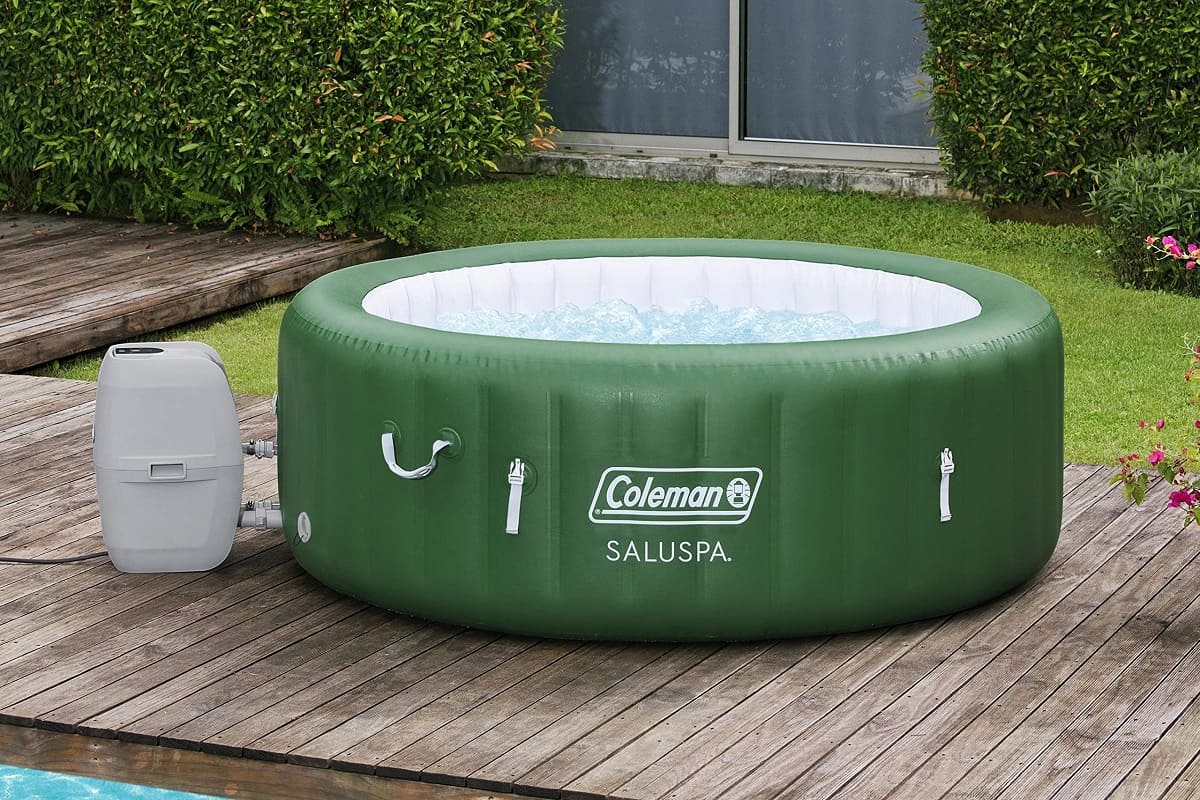
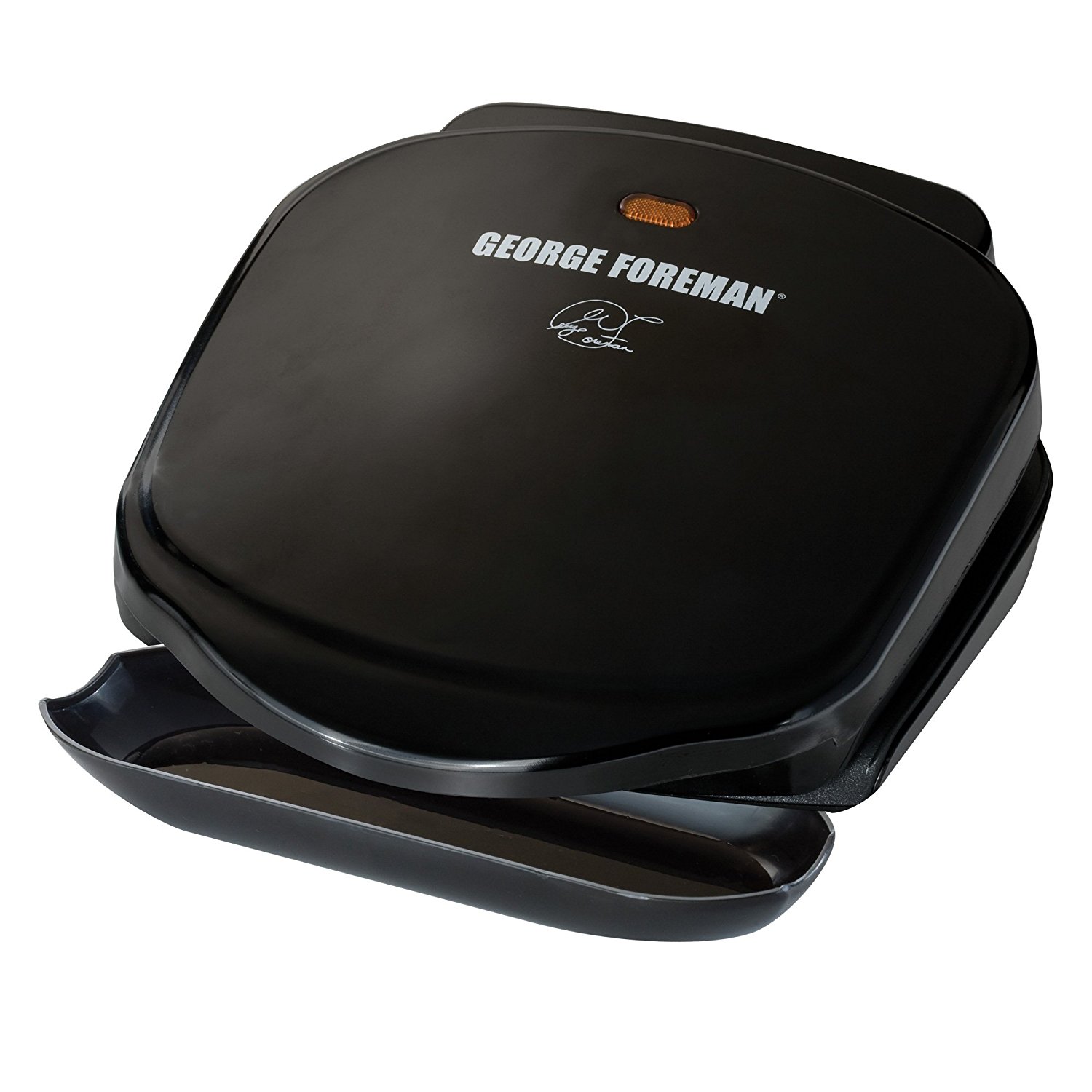
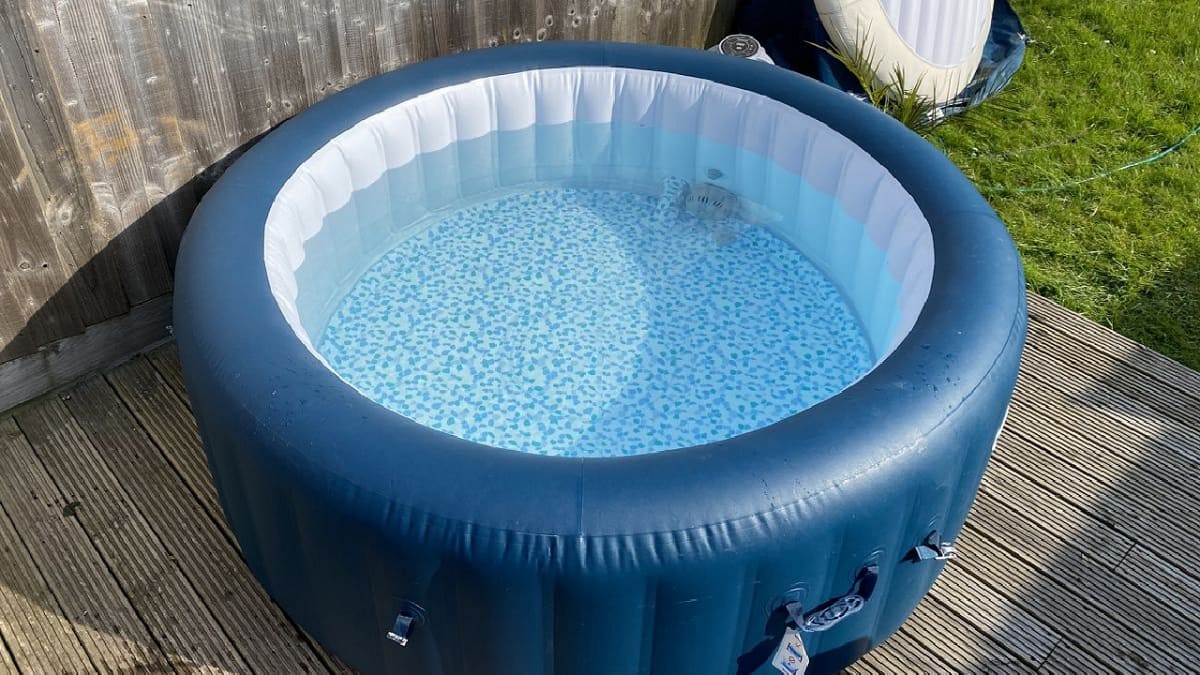
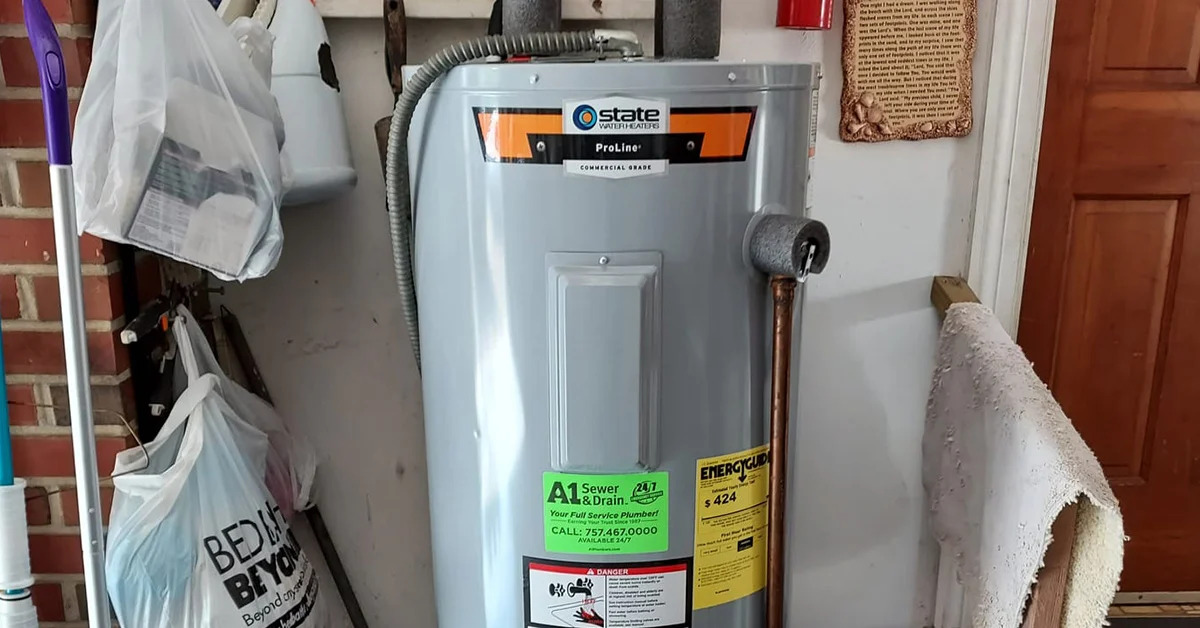
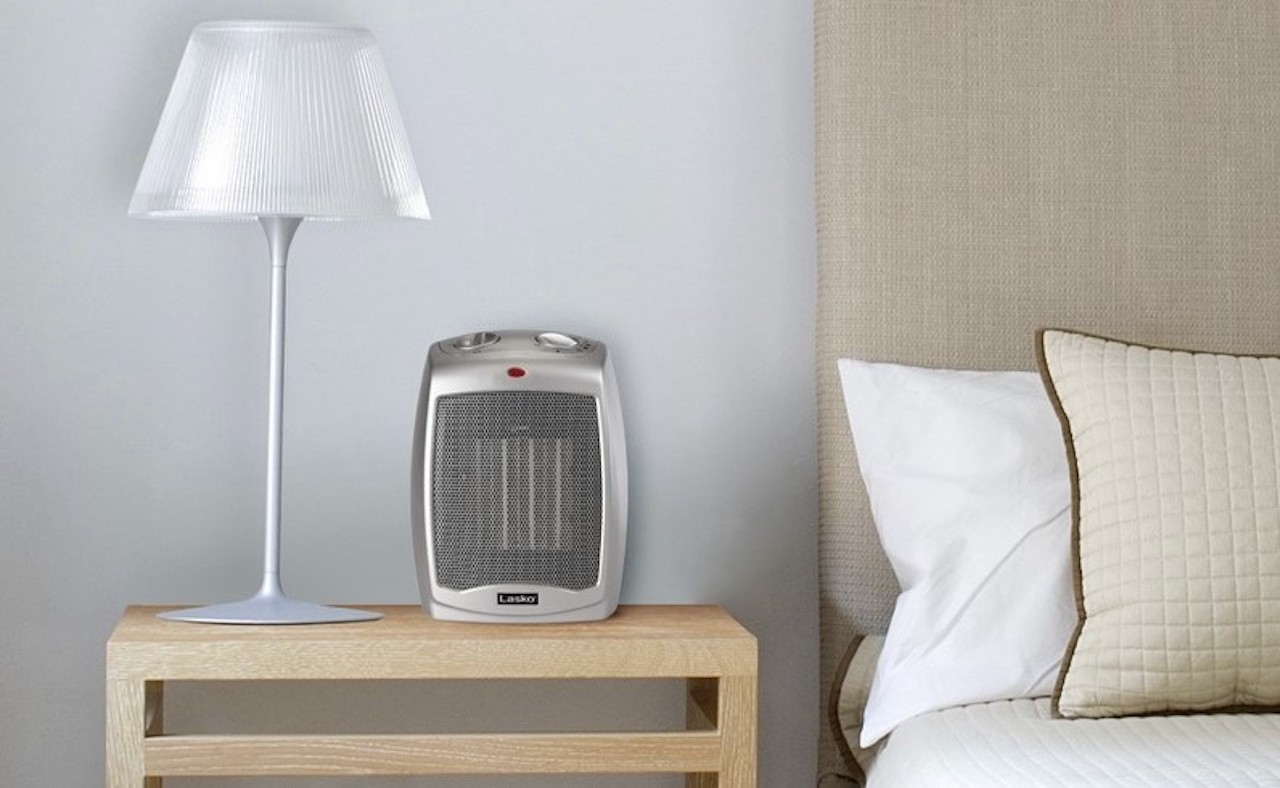
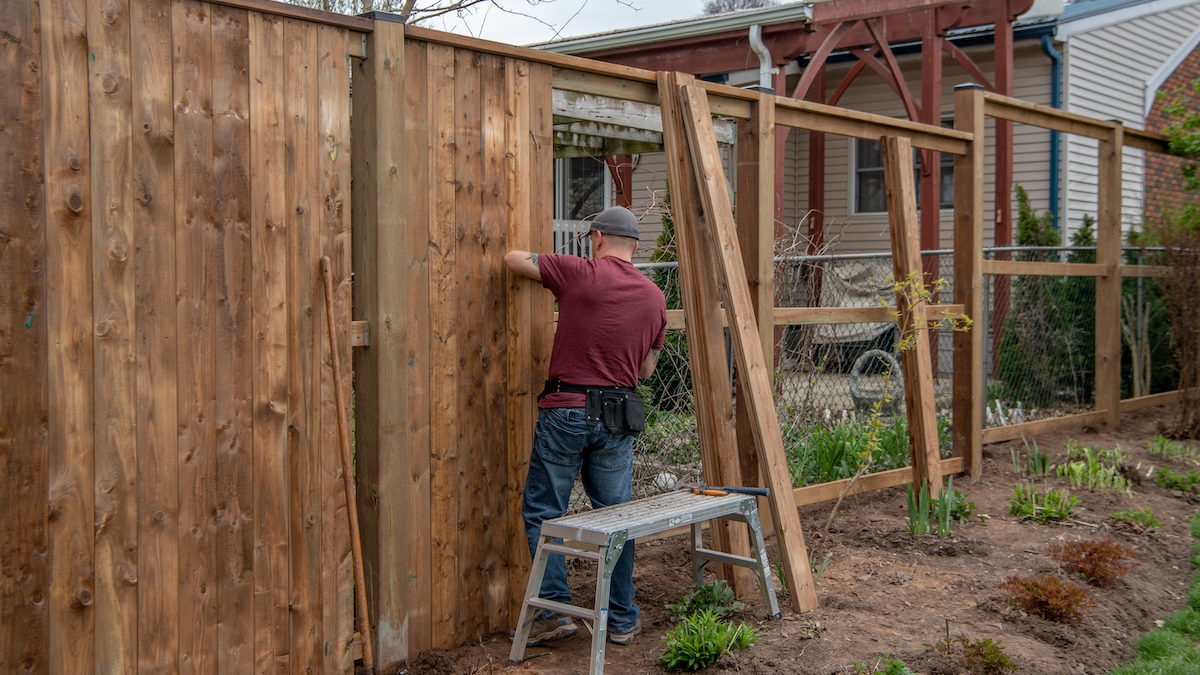
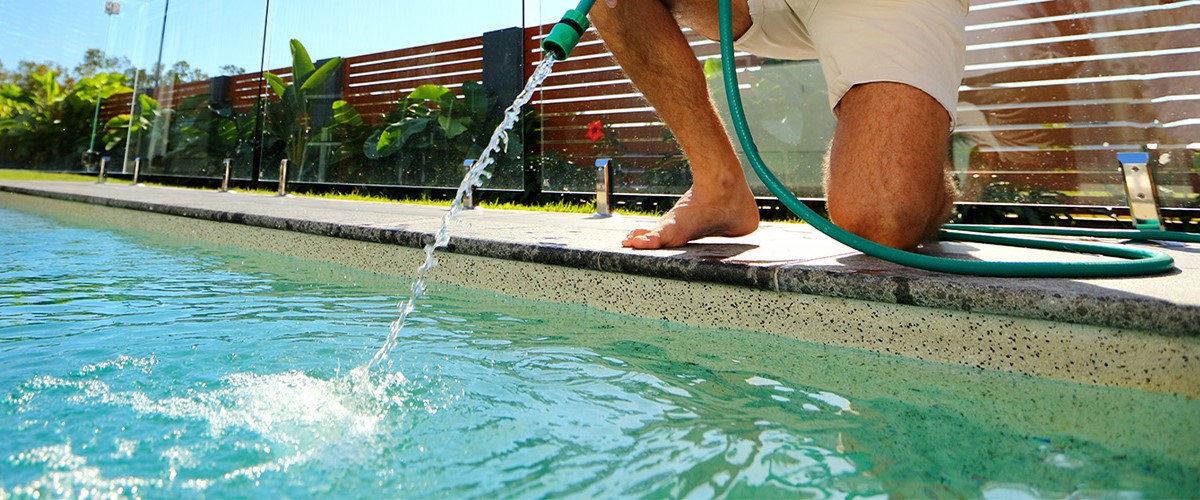

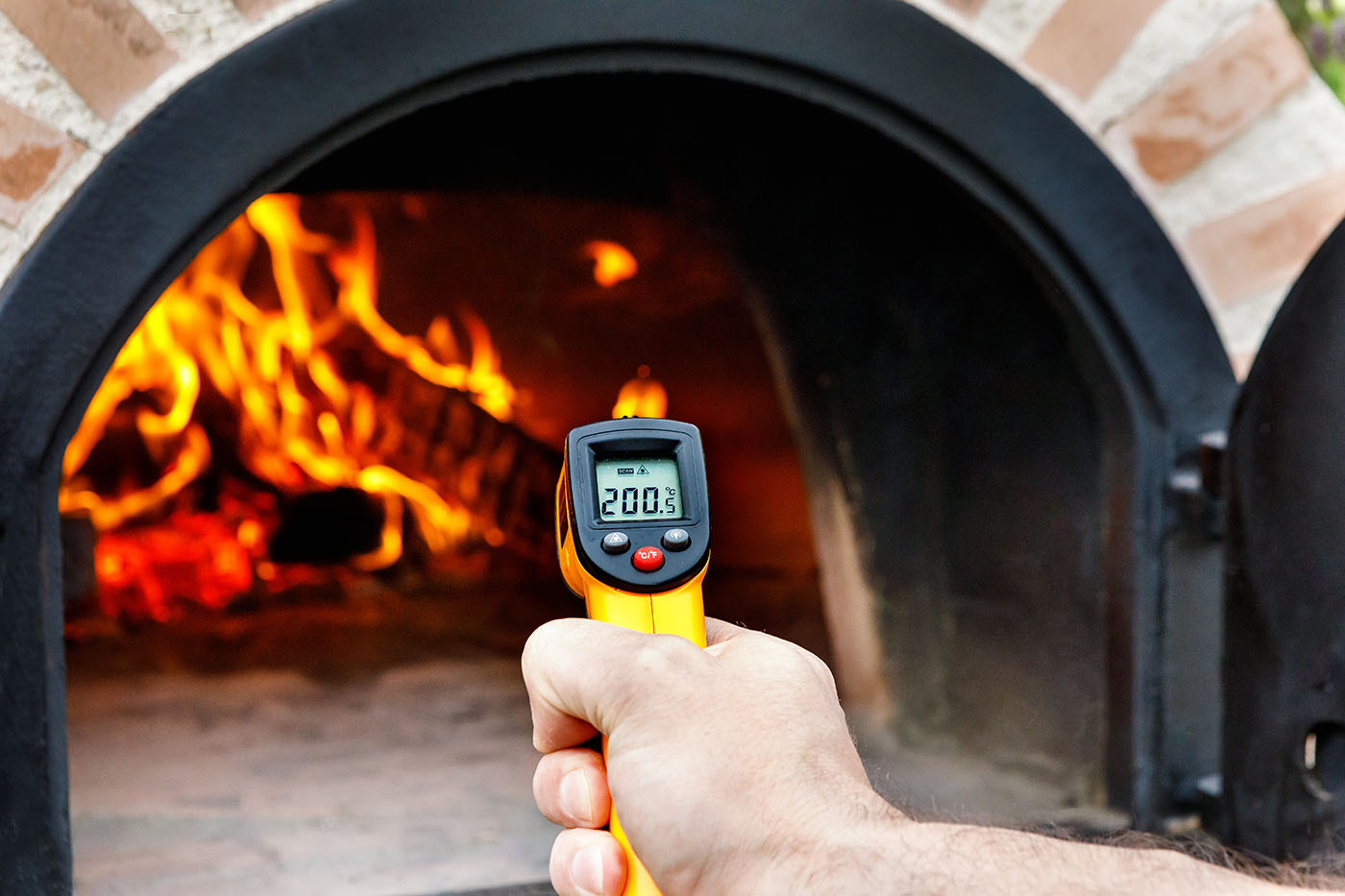

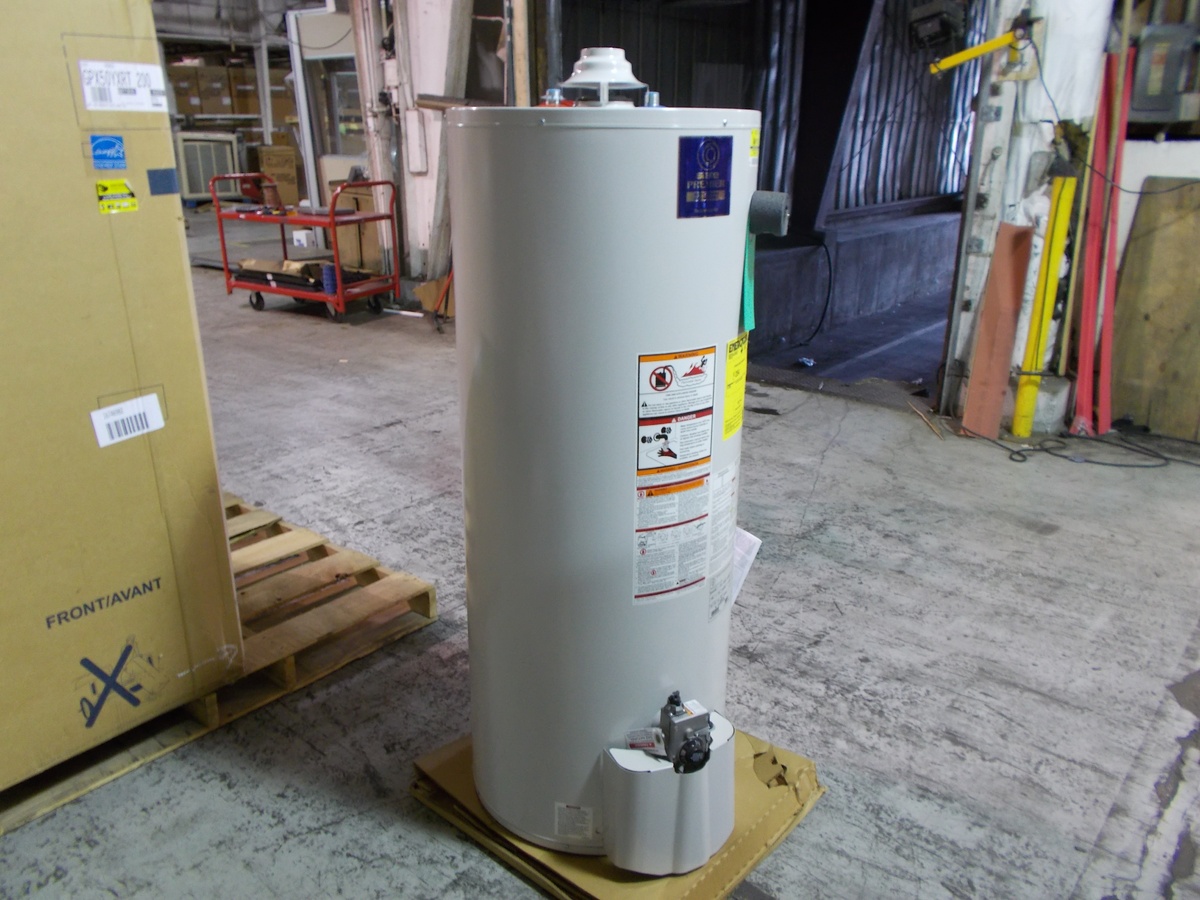
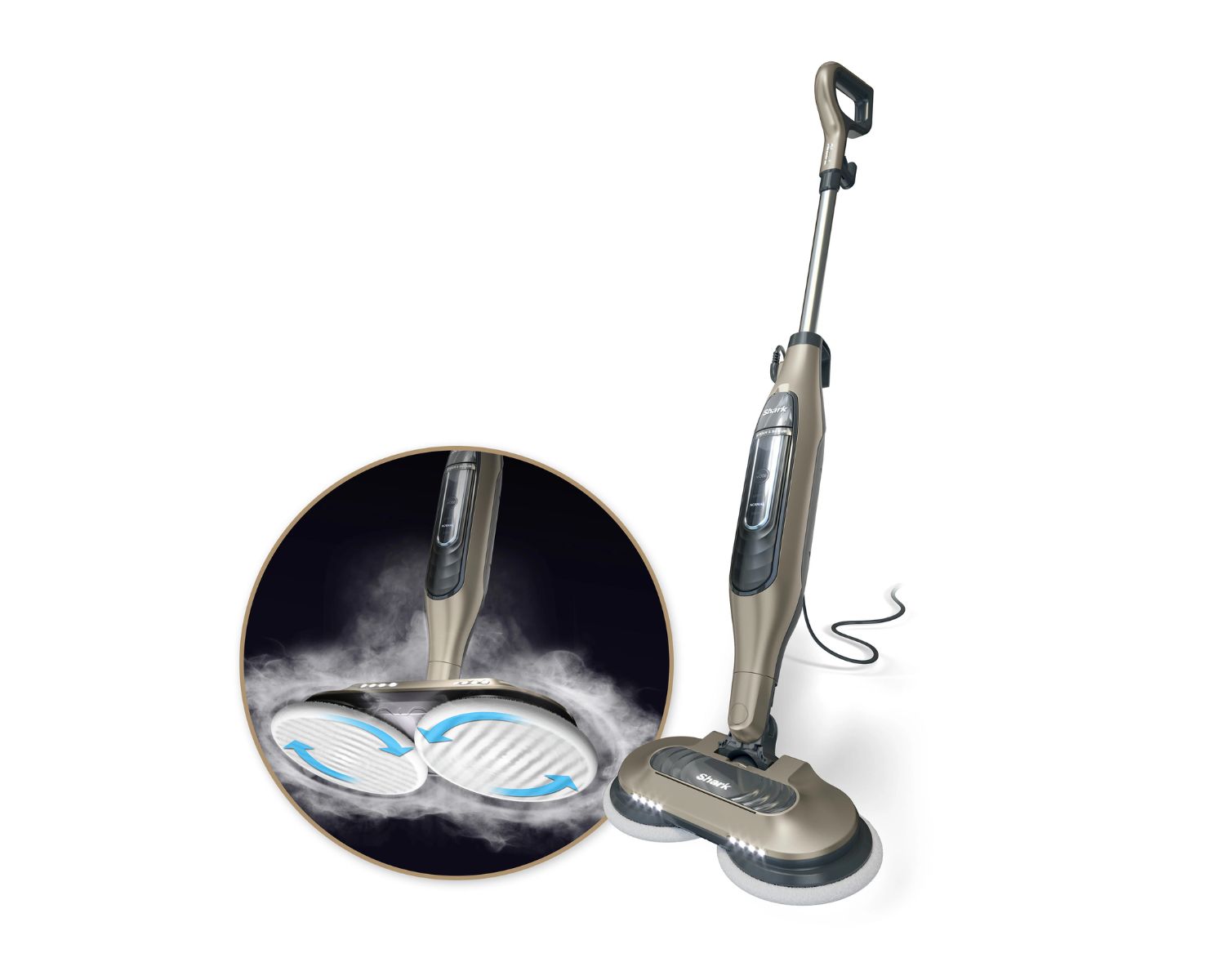
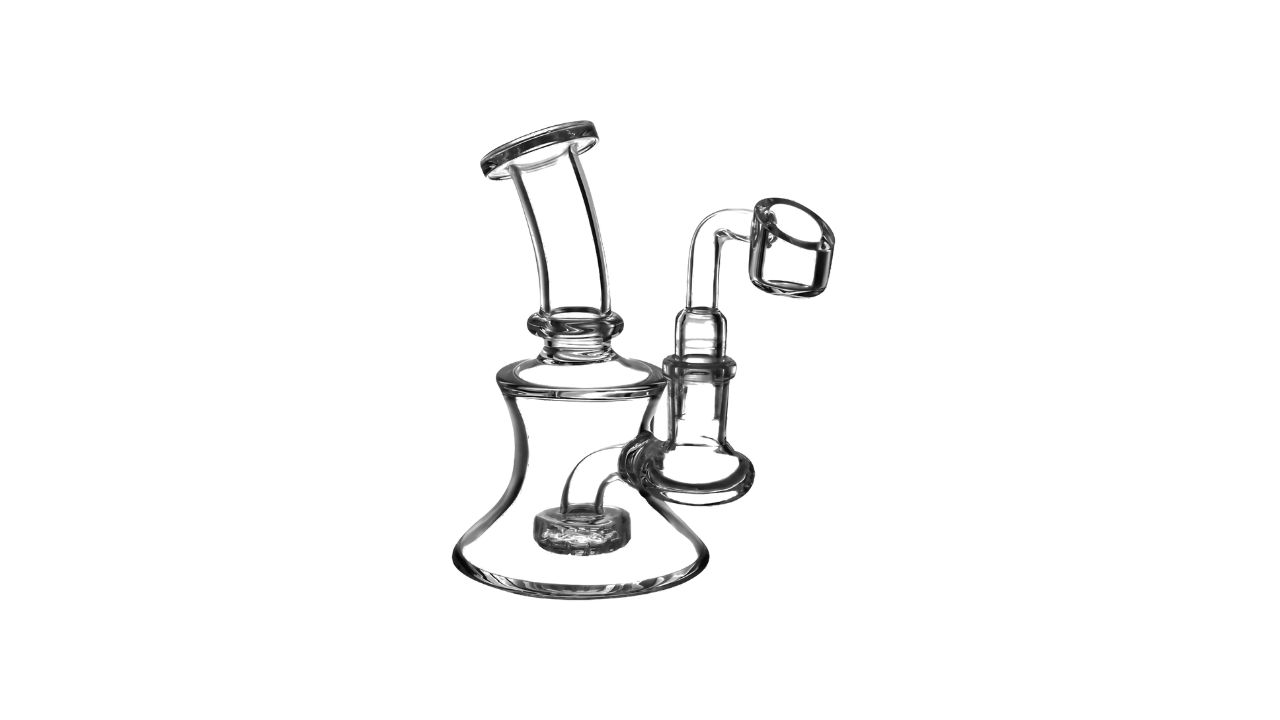
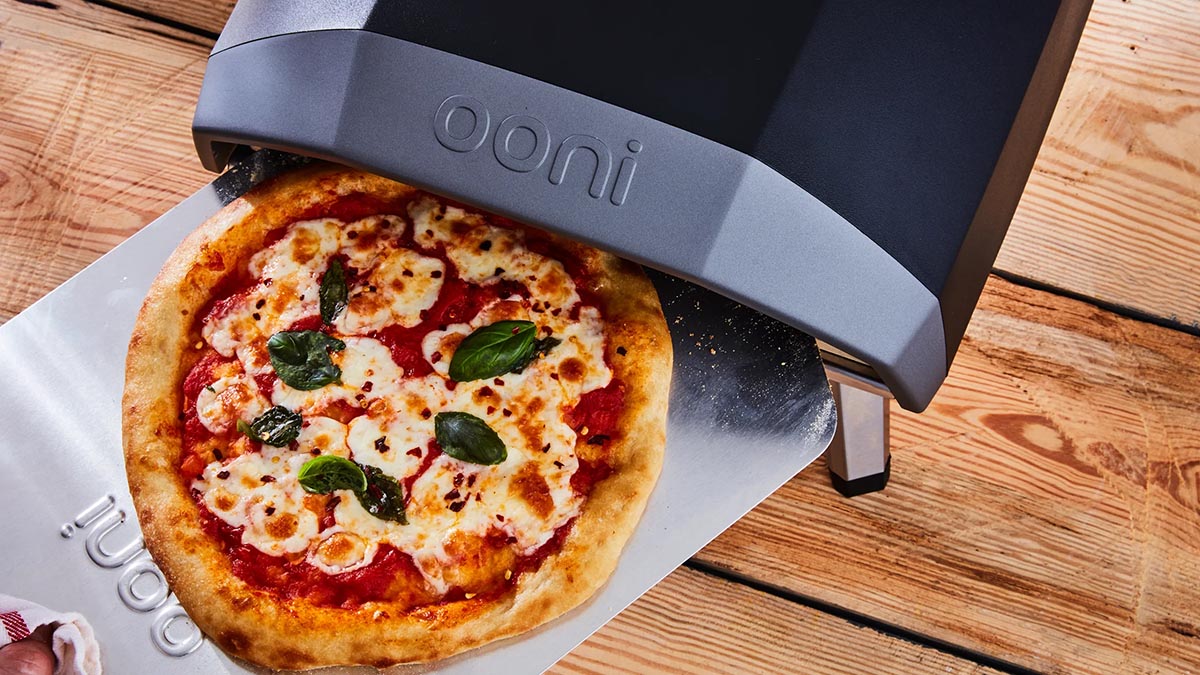

0 thoughts on “How Long Does It Take A Food Steamer To Heat Up”